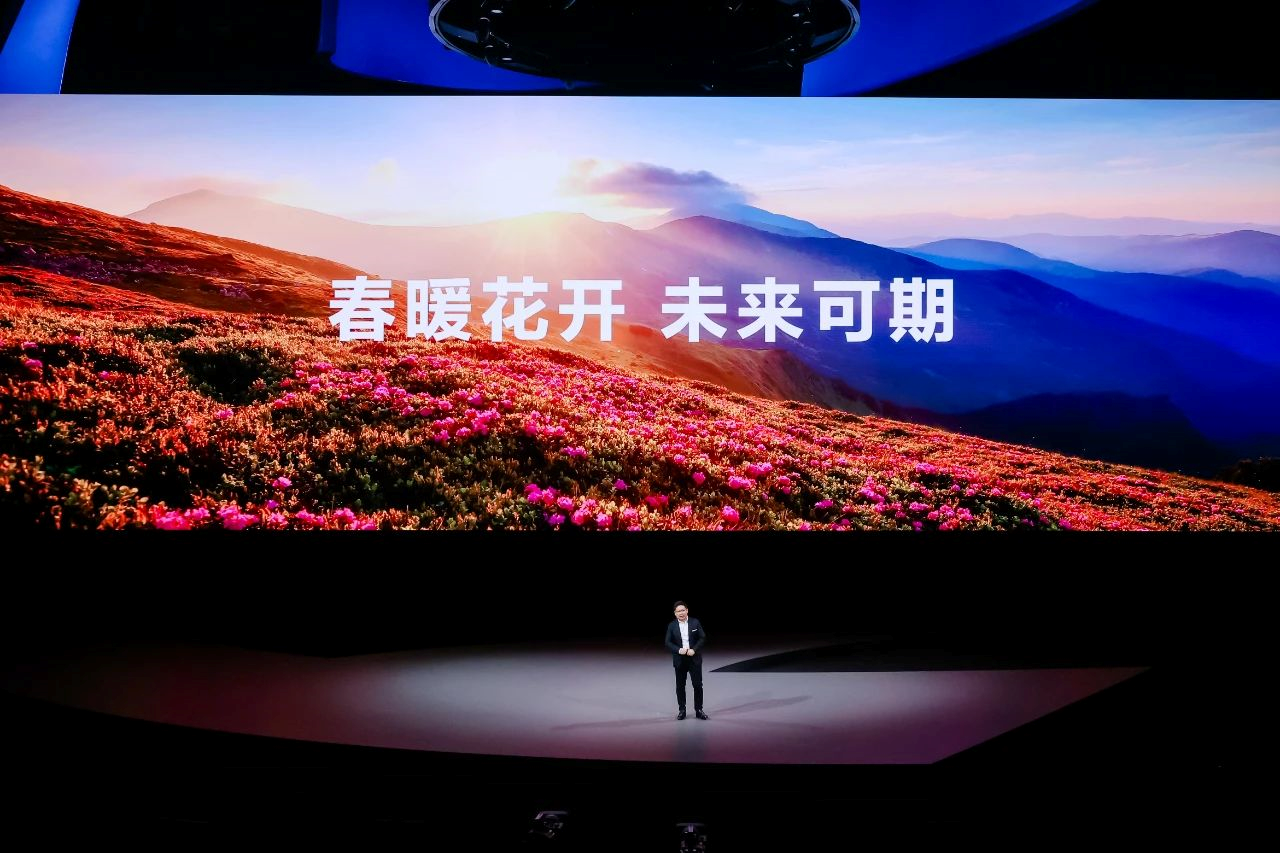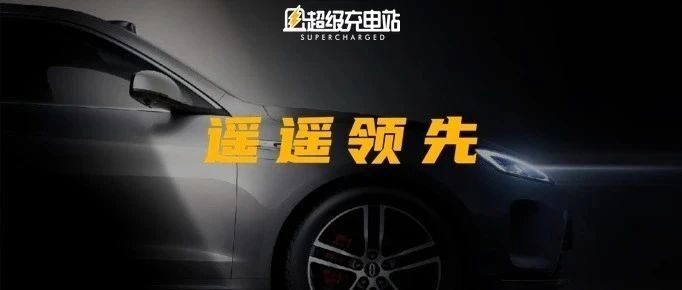Author: Chang Yan
Huawei, which has been sanctioned for four years, has faced many challenges during this period.
However, unlike in the past, this time Huawei’s trump card to boost morale is the smart car, unveiled by Yu Chengdong as the finale of a three-hour-long all-scenario launch.

Reportedly, with as many as 50 searches already secured, Huawei has even achieved today’s peak traffic volume in the auto industry with just one teaser image.
HarmonyOS Cockpit enters detailed battle
“HUAWEI 问界全系车型将升级 HarmonyOS 3”.
This short sentence has opened up a new dimension for Huawei in the competition for smart cockpits.
If the debut of the HarmonyOS Cockpit with the Wanjie car means Huawei is bringing traditional tech companies into the automotive industry to build a deep-level vehicle-machine connectivity ecosystem, then this major version upgrade signifies that Huawei has completed in-depth infrastructure construction in a field where smart cockpits are about to enter the ecological competition phase, and has started to innovate with greater attention to detail.

At this launch event, Huawei also gave a detailed introduction to the upcoming HarmonyOS 3 functions, such as Super Desktop, PC Collaboration, Smart Search for Cars, Xiaoai Reminders, Xiaoai Wake-up-free, and Head-Up Display (HUD) with highly adaptive adjustment features. Huawei has also added the driver privacy mode to safeguard the privacy of user information.
This kind of upgrade reflects Huawei’s true leadership in technology empowerment for vehicles in three aspects.

Firstly, Huawei’s smart ecosystem is a truly existing and thriving ecosystem, and products such as Super Desktop and PC Collaborative require Huawei to have already accumulated a lot of experience in building a content ecosystem for consumer technology. Additionally, in terms of Huawei’s user base for products like smartphones and PCs, Huawei has a clear advantage.## 0 Speaking of spontaneous combustion is not easy
I didn’t expect quality to become a key topic for Huawei in the automotive industry.
After all, in the competition of smart cars, to some extent, everyone has relaxed the requirements for quality in pursuit of innovation speed.
But Huawei clearly doesn’t see it that way.

Yu Chengdong quoted the results of multiple evaluation agencies to verify his point of view. He stated that “the net recommendation value of HUAWEI Wenzhen M5 owners is as high as 86.4%”, and pointed out that “in the 2022 New Passenger Car Quality Report, HUAWEI Wenzhen ranks first in the quality ranking of new energy vehicle brands.”
He even added, “Huawei’s quality standards are higher than those of many automakers and the entire automotive industry.”
But if you know Huawei’s corporate growth experience, you will find that they are very concerned about quality. This is not only a necessary measure for a company to protect its income after sales and scale become larger, but also a key factor for Huawei to climb to the top of many high-end industries.

Yu Chengdong also stated that initially the quality problems of Huawei terminals were many times higher than those of Apple, but now, Apple’s quality problems are many times higher than those of Huawei.
Back to the car, Yu Chengdong believes that since the sales of Wenzhen vehicles, there have been no incidents of spontaneous combustion. Although he also believes that blindly emphasizing zero spontaneous combustion for pure electric vehicles is unrealistic, he thinks this is a manifestation of Huawei’s quality standards entering the automotive industry.## ADAS 2.0
Although I still believe that probability issues in chemistry will never be zero, I think it’s a good thing for a car company to attach importance to quality and make the overall quality of the car a major topic on the most important release conference.
In the upcoming April, Huawei will release the HUAWEI MatePad Pro and MatePad Pro EV smart edition with advanced driving assistance system, based on the teaser and previous road test spy photos, the biggest improvement of this new car is that it will be equipped with Huawei’s self-developed lidar and the corresponding ADAS.

When the M5 was released, we had our own opinion: Compared with the experience of the Hongmeng cockpit, the intelligence driving ability of M5 was not in the leading position in the industry.
However, to achieve a brand new ADAS system in such a short period of time demonstrates both Huawei’s fast iterative speed in product upgrades, and its new thinking towards the quality of intelligent vehicles in the smart era. From the perspective of user experience, it’s undoubtedly a more complete and comprehensive intelligent level.
Moreover, the MatePad is clearly not willing to play the role of a technology follower.
In this new car, Yu Chengdong proposed the concept of ADAS 2.0. Although we did not get a detailed technical introduction, it’s clear that this car will have the capability of leading navigation driving within the city, and will take one step into the heavy perception and mapless phase.
As Yu Chengdong said, the update of the high-precision map is too slow, and the speed of obtaining a city bit by bit is also too slow. “We have to struggle for a long time even for a small road in Shanghai”.
After breaking away from the dependence on high-precision maps, the biggest convenience is that more city users will be able to experience the convenience of urban navigation assisted driving function earlier and synchronously, and Huawei will play the role of a technology popularizer.
Will everything become the “far ahead” in Yu Chengdong’s mouth? I do not know.However, I know that the full pressure exerted by a tech giant in the field of artificial intelligence will be the start of a technological leap forward for the entire industry.
This article is a translation by ChatGPT of a Chinese report from 42HOW. If you have any questions about it, please email bd@42how.com.
